Gone are the days when the unpretentious bathrooms (toilets included) were banished to the outhouses of residences. Bathrooms were considered as unhygienic and had to be kept away from the general living areas. However, the need to conserve space and the advent of designer bathrooms has completely changed this mind-set. Today modern builders (and house owners) showcase their bathrooms with equal fervour as the rest of the residence. What makes a good bathroom design? Some pointers for you.
What makes a good bathroom design?
Importance of location in bathroom design
Firstly, being a personal space, bathroom design should ensure that it is located away from view of general living areas. The ideal location would be that accessible from a bedroom. But if you need to have a ‘common’ visitor’s bathroom without transgressing on the privacy of bedrooms, ask your architect to locate one suitably.
Bathroom design should ensure that one of the walls should be the outer wall of the building. Routing of water and drain pipes and maintenance of the same will be an easier proposition in such a case. It also ensures better ventilation to the bathroom by providing ventilators and exhaust fans. It also makes sense to locate bathrooms of different floors, one above the other for easiness of water and drain piping and their maintenance.
If you are an ardent believer in ‘Vaasthu’, the ideal place to locate them is in the North West direction of the residence.
Role of layouts in bathroom design
The bathroom in itself can be segregated into ‘wet and dry’ areas. Location of the taps, showers, tub and closet should be so chosen that wet areas are all together. This gives you enough dry space for other activities like dressing up or a powder area.
Decide if you really need to have a bath-tub. Remember that the bath-tub would occupy the most space and is not very environment friendly, considering the amount of water required!
A separate wash basin with a suitable mirror is ideally located away from the wet area. Plan for adequate storage space for essential toiletry, towels and other requirements.
Decide whether you would want to go in for full length wall tiling or upto shower level- it’s a matter of personal choice. While a full length tiling is heavy on the pocket, it can save on some maintenance work later on.
Though an elementary requirement, confirm with your architect on the floor slope in the bathrooms to ensure easy drainage of water.
Ask your architect to put in a niche or cubby hole to place artefacts to enhance the beauty of the bathroom.
Bathroom design : Utilities
Needless to mention, all pipe fittings need to be selected for its longevity in addition to aesthetics. It would be worthwhile to spend time to go through reliable makes in the market before deciding on your fittings. Selecting a cheaper option could add to your woes and maintenance/replacement costs in the long run.
Towel rings, hooks, soap trays etc add to the utility factor – corrosion proof stainless steel or powder coated metal is a must! In case you have seniors staying with you, a support hand rail would be a boon for them to manoeuver around.
Plumbing Considerations
Insist upon your builder to avoid joints in the water and drain lines. Use full length pipes to the extent possible. Leaking joints have been the bane of many a residence and a source of constant headaches. If you cannot avoid joints, ensure a sealed protective sleeve at such joint locations to keep leakage problems at bay.
Flushing systems are available these days with options for usage of water quantities – after all, a drop of water saved, is a drop of water earned! Be kind to nature and opt for recycling bath and other grey water. Every good architect can advise you on how to do so.
You might also be interested in: Bedroom Design Ideas in Building Construction
You may be interested in these design tips as well
Tiling and carpentry in bathroom design
If you plan to include woodwork in the bathroom design, remember to use only treated and tempered wood. The moisture in the bathrooms could affect the woodwork in the long run. Coatings like poly-urethane enhance the life of woodwork and would be a good decision. Though slightly more expensive, it would be a wise idea to go in for traditional solid wood instead of high density fibre-board or such variants.
With the market offering a wide range of floor and wall tiles, the only problem is on arriving at a decision on your selection! Insist on your builder to physically see the products before you shortlist your choices prior to your decision – after all, seeing is believing! Look for anti-skid tiles for the bathroom flooring. Once chosen, ask your architect to make a tile layout plan for both the floor tiles and the wall tiles. You can avoid unpleasant surprises of ungainly half or cut tiles.
Worthwhile to remember here that the labour used for tiling need to be specialists and with proven experience – insist on this with your builder. Defect in even a simple activity like jointing of the floor tiles could cause agonies later due to seepage.
Relevance of Painting and Electricals
Waterproof paints will enhance the life of your walls (if not providing full wall length tiles) in addition to reducing moisture retention. Ensure that the exposed inner surface of the bathroom door is protected either by waterproof paints or polycoating. Colourful paints to match the tiles could brighten up the bathroom.
Take care to keep your electrical switches and points away from the wet areas.
An exhaust fan to dispel the stale air and humidity in the bathroom is undoubtedly a must. Option of non-metallic fans ensures that the fans do not corrode even in damp and humid conditions. Take care to provide bird/vermin screen around the fans to prevent unwelcome guests into your bathroom!
Finally, plan for a closed cabinet to house the cleansing liquids, brushes and brooms out of sight.
Aesthetics in bathroom design
Bathrooms have long ceased to be just utility rooms. Today, these rooms demand their own position in the scheme of aesthetics. Your choice of colour schemes, tiles, bath fittings and ceramic ware play a primary role in enhancing the beauty of bathrooms.
To add to these aspects, some helpful suggestions to enhance utility and bring more life into your bathrooms would be:
- Place a small potted plant or two
- Add a shower caddy to hold your bath essentials of creams & lotions
- Hang a magazine holder handy (away from the wet area) to keep the slow coach toilet users occupied!
- Place artefacts/ curios in the niche/cubby hole
Now, your bathroom is as good as any other room in your abode!


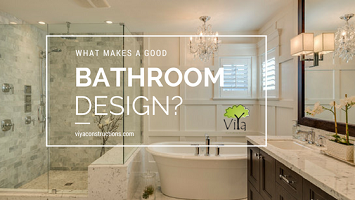
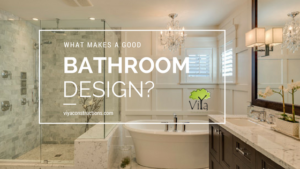

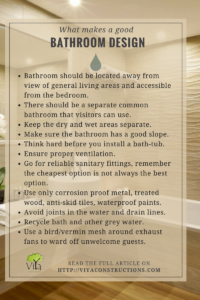
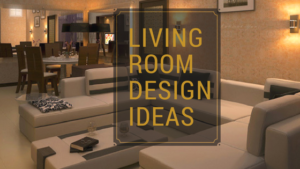

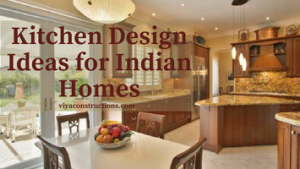
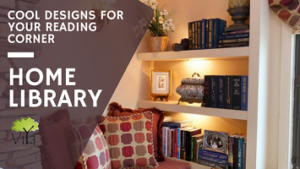


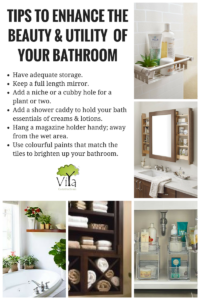
Clever Bathroom Storage Ideas for your home - Viya Constructions
[…] Bathroom […]